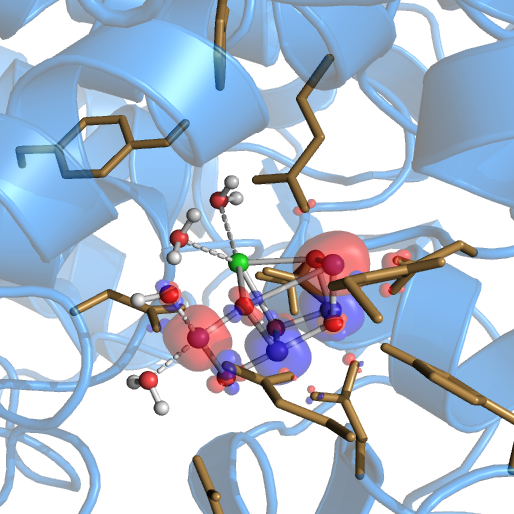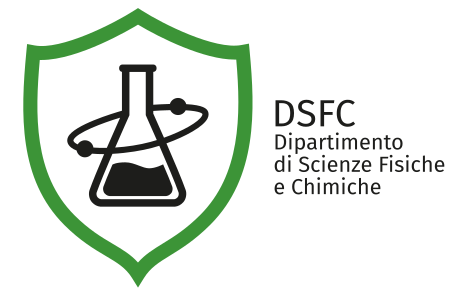
Research in
Physical and Computational Chemistry
The group has several research activities in various fields of experimental and theoretical/computational Physical Chemistry.
The laboratory activities are focussed on the study of chemical reactions (with and without catalysts) in gas and in liquid phase. To this aim we use advanced spectroscopic techniques to characterize and describe reactions mechanisms. The techniques used include in situ and operando techniques, also carrying on experiments on large facilities for synchrotron radiation and neutron scattering experiments.
The activity in Chemical Theory and Computation has two main streams: one more applicative and the other focussed on methods development. Applications are addressed to the study of molecules and macromolecules of biological interest, using computational techniques ranging from classical molecular dynamics, to high-level quantum chemistry and ab-initio and mixed quantum/classical dynamics.
The development of methods is dedicated to the search for algorithms and variational wave functions for the solution of problems of chemical interest through the use of Quantum Computing.Reference web sites:
Web site of the Computational Biophysics, Biochemistry and Chemistry Group (CBBC).
Web site of the MOQS Project.
- Molecular mechanisms of Natural Photosynthesis, in particular through the study of the protein complex Photosystem II.
- Study of the mechanisms of formation and of the structural characterization of catalysts for artificial photosynthesis.
- Modelling of OGOX (Oligogalacturonico-oxidase) proteins
- Algorithms and variational wavefunction for Quantum Computers
- Simulations of Deep Eutectic Solvents
- Organometallic systems anchored onto nanoparticles with magnetic properties
- Synthesis and characterization ofMetal Organic Frameworks for hydrogen sustainable production through Water Splitting reaction.
- Drug-delivery applications by means of functionalizedMetal Organic Frameworks

